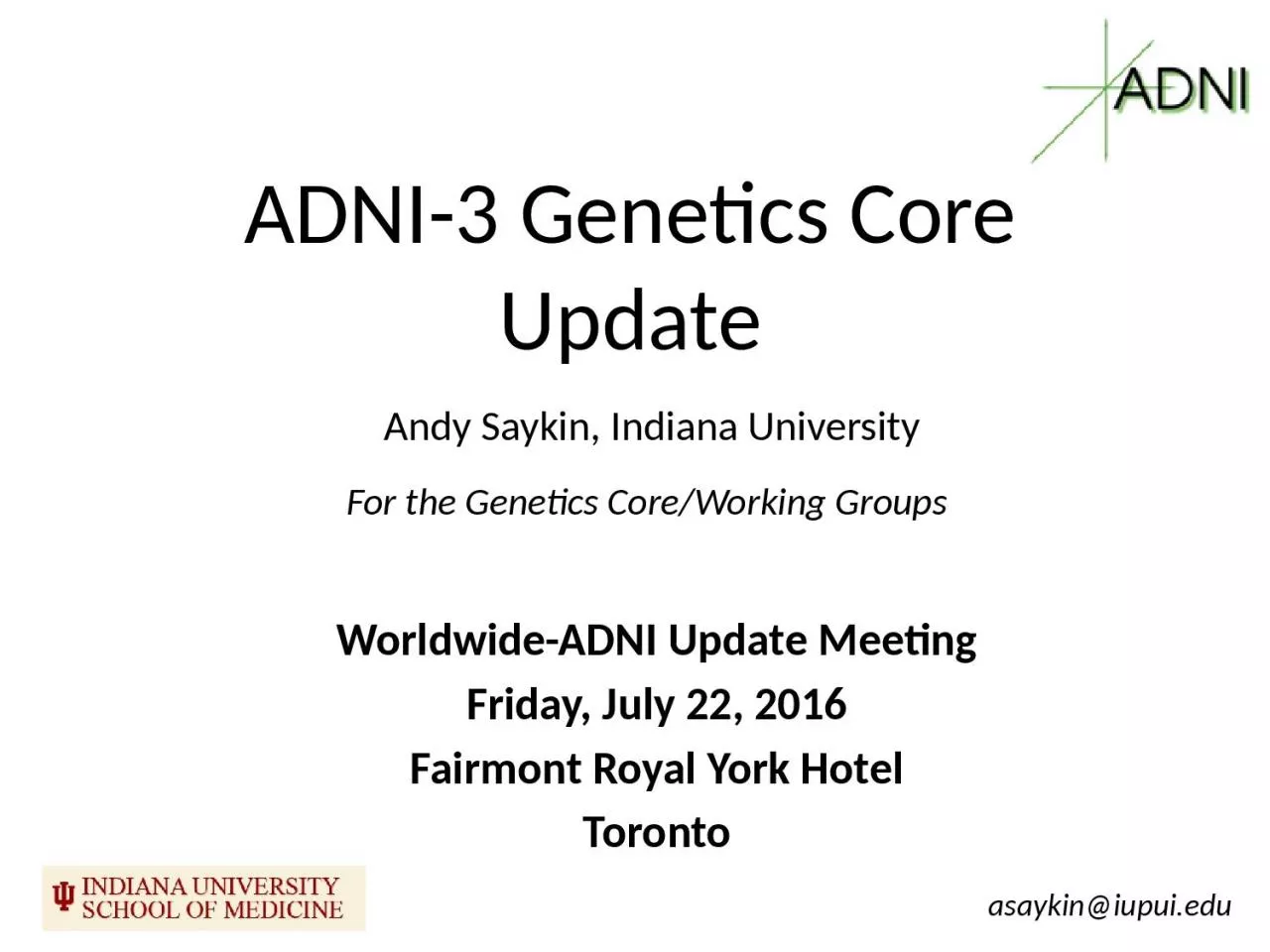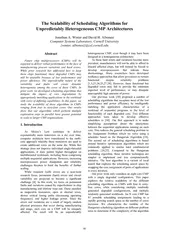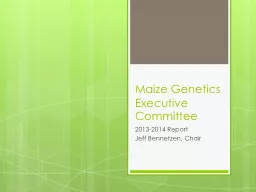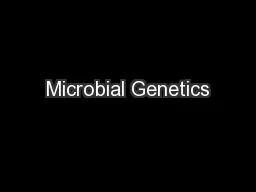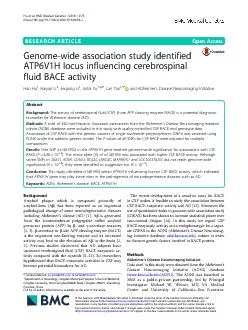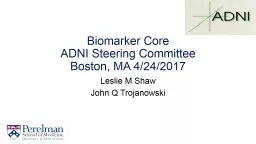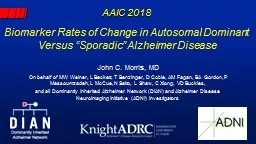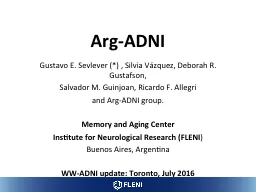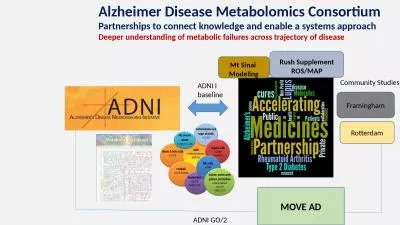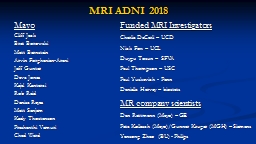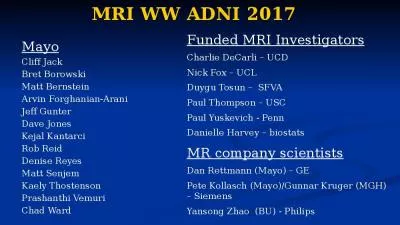PPT-ADNI-3 Genetics Core Update
Author : susan | Published Date : 2022-06-18
WorldwideADNI Update Meeting Friday July 22 2016 Fairmont Royal York Hotel Toronto Andy Saykin Indiana University For the Genetics CoreWorking Groups asaykiniupuiedu
Presentation Embed Code
Download Presentation
Download Presentation The PPT/PDF document "ADNI-3 Genetics Core Update" is the property of its rightful owner. Permission is granted to download and print the materials on this website for personal, non-commercial use only, and to display it on your personal computer provided you do not modify the materials and that you retain all copyright notices contained in the materials. By downloading content from our website, you accept the terms of this agreement.
ADNI-3 Genetics Core Update: Transcript
Download Rules Of Document
"ADNI-3 Genetics Core Update"The content belongs to its owner. You may download and print it for personal use, without modification, and keep all copyright notices. By downloading, you agree to these terms.
Related Documents

